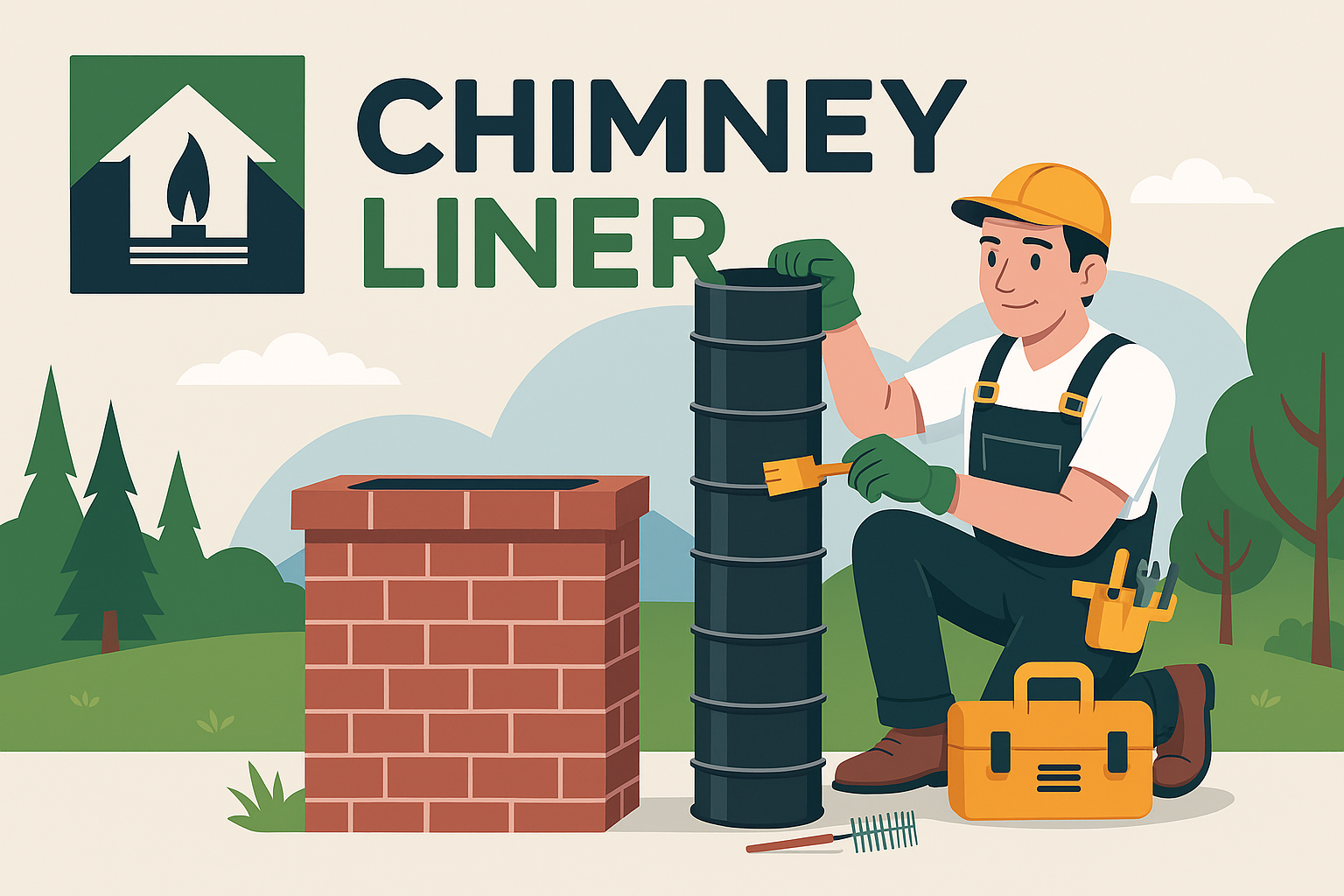As temperatures rise and fireplaces sit unused, few homeowners consider their chimney liner’s condition until the next cold season arrives. However, evaluating your chimney liner during the summer off-season can prevent costly repairs, improve safety, and ensure your heating system operates efficiently when needed most. Such preventative attention is especially valuable for homes utilizing pellet stoves, where proper venting is crucial to avoid operational disruptions and facilitate timely Chimney Liner.
Why It Matters
Chimney liners serve as a critical barrier between the interior walls of your chimney and the high temperatures generated by burning fuel. Over time, liners can degrade from heat, moisture, and corrosive byproducts. If left unchecked, even minor damage can escalate into significant safety hazards, such as house fires or toxic gas leaks. Summer offers optimal conditions for inspection and maintenance, allowing technicians to identify issues without the pressure of incoming cold weather or urgent heating needs. Regular summer inspections help maintain compliance with safety codes, reduce the risk of unexpected breakdowns, and extend the lifespan of your chimney and connected appliances.
Common Problems
- Cracks and Gaps: Repeated heating and cooling cycles can cause clay, ceramic, or metal liners to develop fissures, compromising their integrity.
- Creosote Buildup: Incomplete combustion deposits a tar-like substance that is highly flammable and difficult to remove without specialized cleaning.
- Corrosion: Moisture, especially when mixed with acidic byproducts, can corrode metal liners, leading to leaks and structural weakness.
- Blockages: Debris, nesting animals, or excessive soot can obstruct the liner, impeding proper ventilation and causing smoke to back up into living spaces.
- Deterioration: Older liners may crumble or deteriorate over time, reducing their effectiveness and safety.
Key Benefits
- Enhanced Safety: Early detection of damage minimizes fire and carbon monoxide risks.
- Improved Efficiency: Clean, intact liners support optimal airflow, ensuring pellet stoves and fireplaces work at peak performance.
- Cost Savings: Addressing minor issues in summer prevents expensive emergency repairs or replacements during the heating season.
- Code Compliance: Adhering to inspection schedules maintains compliance with local building and fire regulations.
- Peace of Mind: Knowing your chimney is ready for use provides reassurance before colder months return.
The Role of Chimney Inspection
Professional Chimney Inspection is the foundation of proactive chimney liner care. Certified technicians utilize specialized cameras and diagnostic tools to assess liner condition, identify hidden damage, and recommend necessary maintenance or repairs. These inspections typically include a visual evaluation, performance testing, and documentation for insurance or regulatory purposes. A thorough summer inspection provides ample time for any remediation before the busy fall season, reducing scheduling delays and ensuring all repairs are completed to the highest standard. As industry expert Laura Jensen, CSIA-Certified Chimney Sweep, states, “Early summer inspections are the gold standard for chimney liner maintenance. They allow homeowners to address small issues before they become big problems, guaranteeing both safety and system reliability.” The combination of technical expertise and off-season flexibility makes summer the most strategic time for this essential service.
Cost Breakdown
Understanding the financial aspects of chimney liner inspection and maintenance helps homeowners plan effectively. Here’s a general pricing overview:
| Service | Average Price Range (USD) |
| Basic Chimney Liner Inspection | $90 – $180 |
| Camera-Assisted Inspection | $150 – $300 |
| Chimney Liner Cleaning | $120 – $250 |
| Minor Liner Repairs | $200 – $600 |
| Full Liner Replacement | $2,000 – $5,000 |
*Prices may vary based on location, chimney condition, and required materials. Always request a detailed estimate from a certified professional.
FAQs
How often should a chimney liner be inspected?
Industry guidelines recommend annual inspections, ideally during summer when systems are inactive and conditions are optimal for thorough evaluation.
What signs indicate chimney liner problems?
Visible cracks, flaking, strange odors, difficulty starting the stove, or excessive soot are all warning signs warranting a professional inspection.
Is DIY chimney liner inspection advisable?
Chimney liner assessment requires specialized tools and training. Professional inspections ensure accurate diagnosis and maintain warranty and insurance compliance.
Does liner type affect inspection needs?
Yes. Metal, clay, and cast-in-place liners each have unique vulnerabilities and inspection protocols. Certified technicians can tailor their approach to your specific system.
Key Features
- Expert evaluation using high-definition imaging and diagnostic tools
- Comprehensive reports for insurance and regulatory documentation
- Flexible off-season scheduling to avoid peak demand delays
- Integration with pellet stove and fireplace maintenance programs
- Clear, upfront pricing and guaranteed workmanship
Conclusion
Inspecting your chimney liner during the summer off-season is a proactive, cost-effective measure that safeguards your home, enhances heating efficiency, and ensures regulatory compliance. By leveraging professional expertise and addressing potential issues before cold weather sets in, homeowners can enjoy uninterrupted comfort and peace of mind. Prioritize a comprehensive chimney liner inspection this summer to protect your investment and support reliable operation of your heating appliances year-round.
Read More:Chimney Sweep







